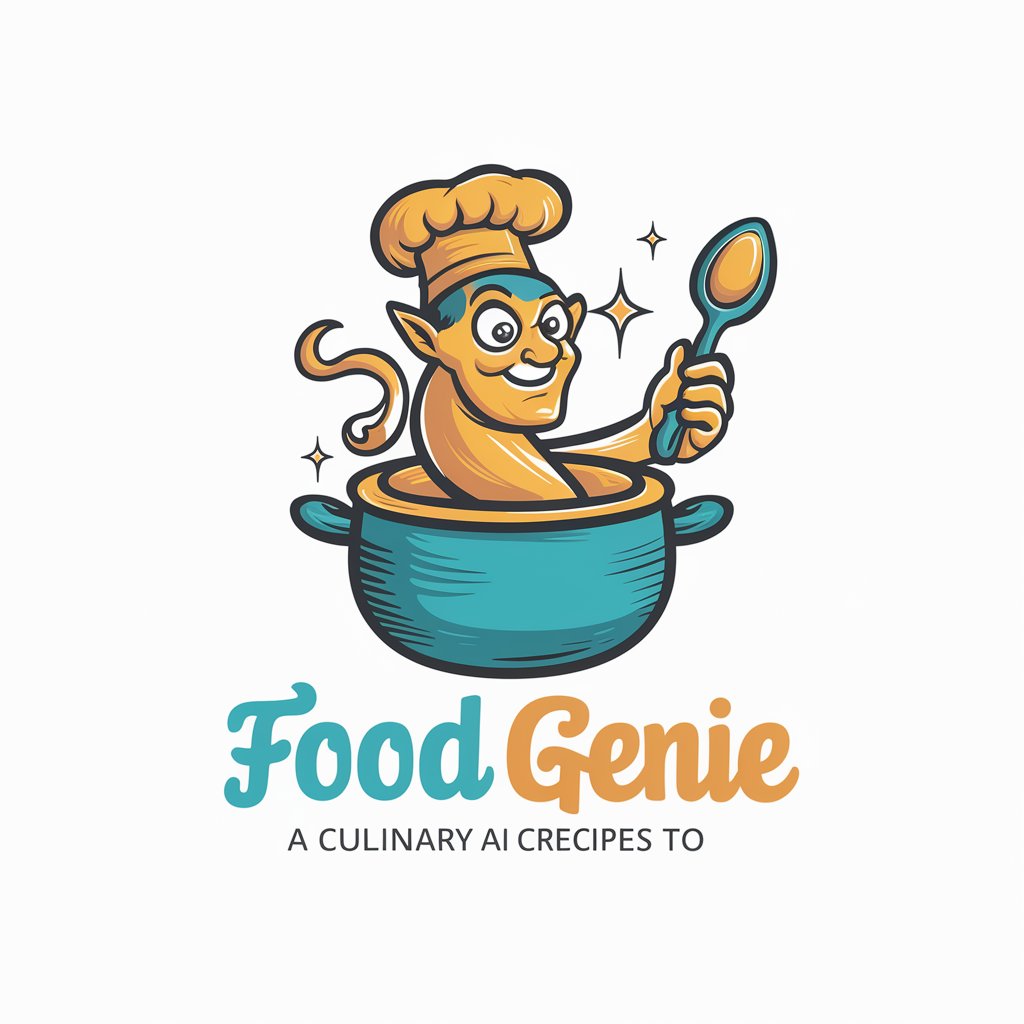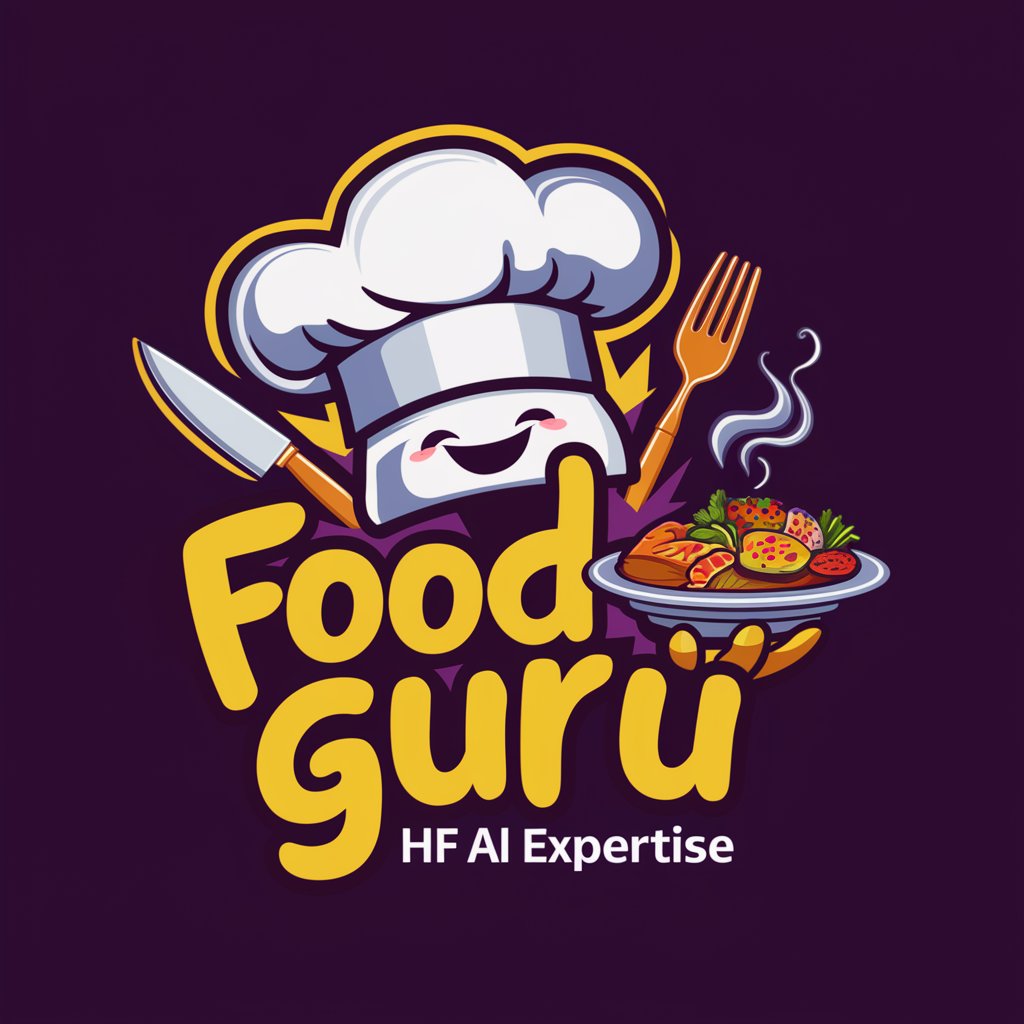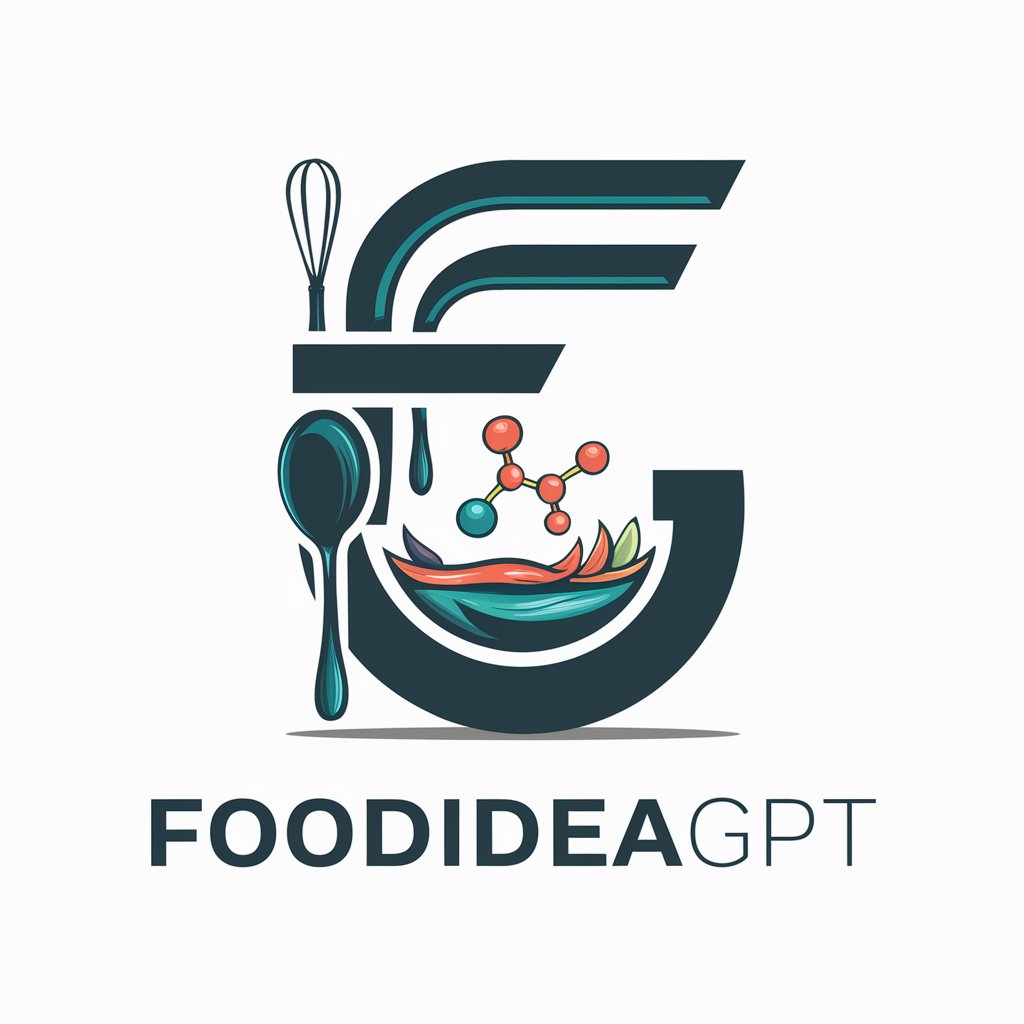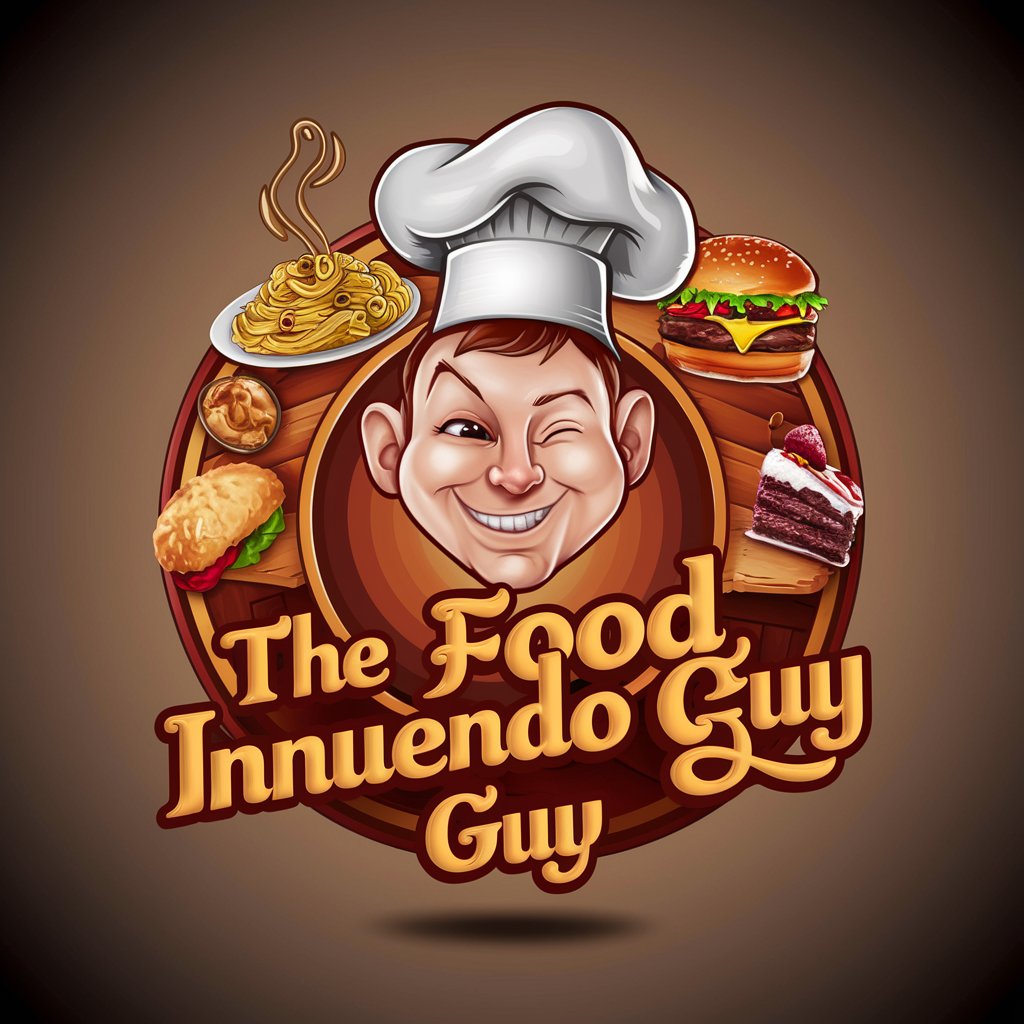
Silly Food - Imaginative Recipe Creator
Cooking up laughter with AI!
Let's create a silly recipe!
Example silly recipes.
Create a random recipe and image.
List all ingredient products.
Get Embed Code
Introduction to Silly Food
Silly Food is a specialized GPT model designed to infuse humor and creativity into the culinary world by offering users a unique way to think about and engage with food. Unlike traditional recipe generators, Silly Food takes a whimsical approach, encouraging users to create 'recipes' using a mix of inedible base ingredients (like sunglasses or a coffee mug), support ingredients (such as tennis rackets or bed sheets), and topping ingredients (including paper clips or erasers). The design purpose of Silly Food is to entertain, inspire creativity, and offer a playful break from the ordinary. For example, a user might be prompted to create a 'Wacky Pizza' using a 'wall clock' as the base, 'vacuum cleaner' and 'yoga mat' as support ingredients, topped with 'key rings' and 'small batteries'. This absurd combination highlights the platform's aim to stimulate imagination and humor through unconventional recipe creation. Powered by ChatGPT-4o。

Main Functions of Silly Food
Funny Recipe Category Selection
Example
Users can choose from various funny recipe categories such as 'Crazy Dessert' or 'Silly Beverage'.
Scenario
In a scenario where a user seeks to lighten the mood at a party, they might select the 'Crazy Dessert' category to create an amusing recipe that becomes a conversation starter.
Base Ingredient Selection
Example
Choose an inedible base like a 'Smartphone' or 'Backpack' to start the recipe.
Scenario
Imagine a classroom setting where a teacher uses Silly Food to engage students in a creative exercise, selecting 'Notebook' as the base ingredient for a 'Funny Salad' to blend humor with a lesson on creativity and resourcefulness.
Support and Topping Ingredient Customization
Example
Add support ingredients like 'Ironing Board' or 'Potted Plant' and toppings like 'Tea Bags' or 'Chewing Gum Pieces'.
Scenario
A user planning an unconventional art project could use the tool to design a 'Wacky Bread' using 'Glue' and 'Bookshelf' as support ingredients, topped with 'Stamps' and 'Candle Wax', illustrating the project's concept through a humorous recipe.
Recipe Failure Tolerance
Example
Allows for the inclusion of too many ingredients or combinations that wouldn't work in a real recipe.
Scenario
During a team-building event, participants could be challenged to create the most outlandish 'Silly Beverage' possible, embracing recipe 'failures' as a part of the fun and fostering a light-hearted competition.
Image Generation Inspired by Funny Recipes
Example
Generate an image visualizing the unique recipe created, such as a 'Cutting Board' salad with 'Flashlight' dressing.
Scenario
For a social media challenge, users could generate and share images of their wackiest recipes, like a 'Silly Vegetable' dish made with a 'Shampoo' base and 'Hair Dryer' garnish, sparking engagement and laughter among followers.
Ideal Users of Silly Food
Creative Individuals
People seeking a fun, imaginative outlet will find Silly Food appealing. Artists, writers, or anyone looking to stimulate creativity can use these absurd recipes to spark new ideas or simply enjoy a whimsical break from routine tasks.
Educators and Parents
Teachers and parents can use Silly Food as an educational tool to engage children in creative thinking and problem-solving. It serves as a novel way to teach about ingredients, cooking concepts, and the importance of creativity in everyday life, all while keeping the learning process fun and engaging.
Event Planners and Hosts
For those looking to add an unusual and memorable element to parties, workshops, or team-building events, Silly Food offers a playful and interactive activity that encourages participation and laughter, making it a hit for event planners and hosts aiming to create standout experiences.

How to Use Silly Food
1
Start by visiting yeschat.ai for a complimentary trial, no account or ChatGPT Plus subscription required.
2
Choose a funny recipe category from options like Wacky Pizza or Crazy Dessert to kickstart your culinary adventure.
3
Select a base ingredient from unconventional items like Sunglasses or Backpack to form the foundation of your recipe.
4
Add support ingredients such as a Tennis Racket or Vacuum Cleaner, and top it off with whimsical items like Paper Clips or Mud.
5
Review and finalize your unique recipe, then generate an inspired image to visualize your creation.
Try other advanced and practical GPTs
GPTs latest information
Empowering creativity and efficiency with AI.
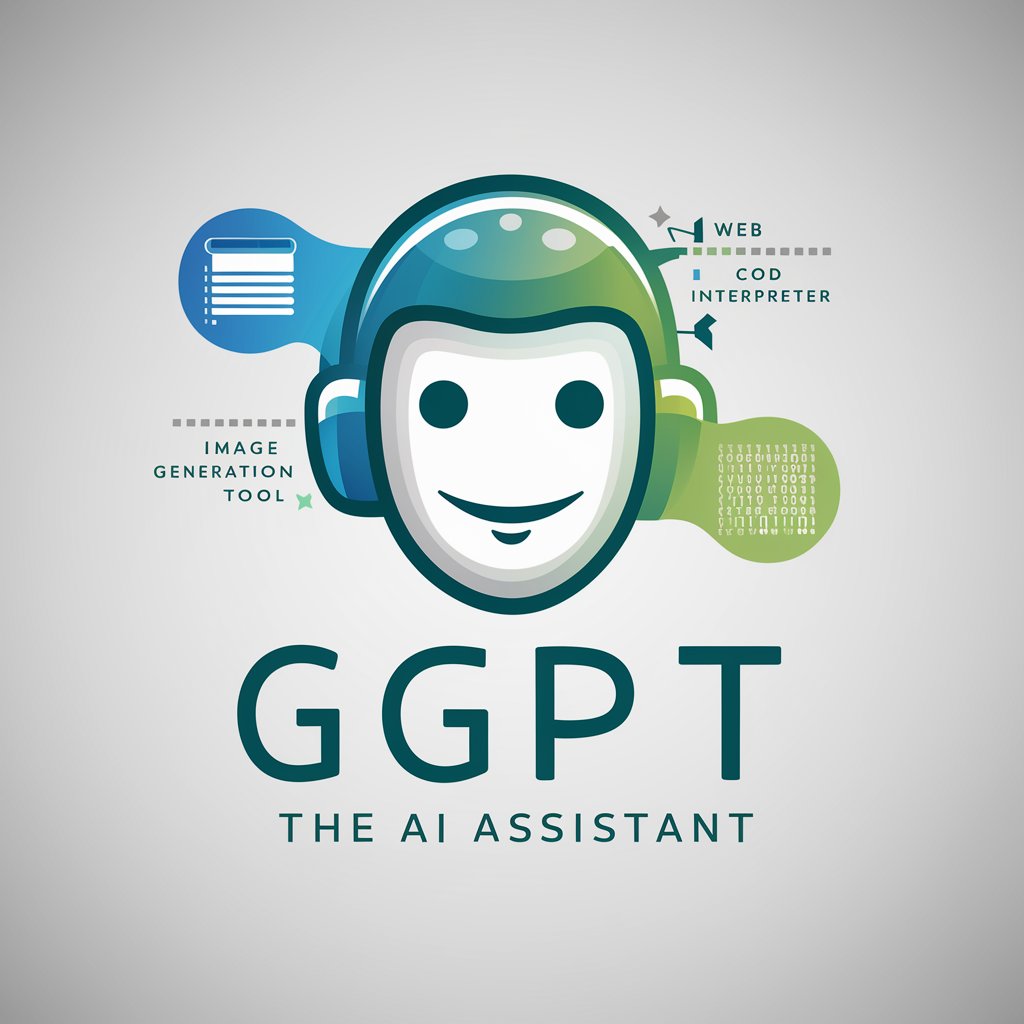
PDF Insighter
Transforming PDF images into actionable insights.

PowerPoint GPT
Transforming Ideas into Impactful Presentations

Aviation - Canadian CAR Expert
Expertise in Canadian Aviation Regulations

Affiliate Income Educator
Empower Your Affiliate Marketing Journey with AI

JavaScript GPT
Empower your code with AI

Seabiscuit Navigator
Empowering Business Journeys with AI

형pt
Revolutionize Your Self-Introduction with AI

Tech Oracle
Empowering innovation with AI-driven insights.

Culinary Creator
Transform ingredients into meals with AI

NewsletterGPT
Tailoring News to Your Interests with AI

Emperor
Empathetic AI Wisdom at Your Service

Frequently Asked Questions about Silly Food
What is Silly Food?
Silly Food is an AI-powered tool designed to generate humorous and imaginative recipes using unconventional items as ingredients.
Can I create any type of recipe with Silly Food?
Yes, you can create a variety of recipes including appetizers, beverages, soups, salads, and desserts, each with a unique twist.
How does Silly Food generate images?
Silly Food uses AI image generation technology to visualize the funny recipes based on the ingredients and categories you select.
Is there a limit to how many ingredients I can add?
No, you can add as many ingredients as you wish, including base, support, and topping items, to customize your recipe.
What if my recipe fails?
Recipe failures are part of the fun with Silly Food! You can always start over or add more ingredients to turn your recipe around.
